Lesson 4: Reference model for Vietnam
In Asia, the miraculous growth stories of Japan, South Korea, Singapore and the strong rise of China all share an important common denominator: the right and effective strategy of the government in empowering, supporting and creating development space for private enterprises. Successful models from Asia can be reference models for Vietnam on the path to developing fields based on the strength of the private sector.
Japan: Power from the keiretsu
In the story of Asia's private economic development, it is impossible not to mention the model that brought about Japan's "economic miracle" after World War II. This model was shaped by multi-industry business alliances - keiretsu. Japan's strategy at that time focused on building private corporations into the "backbone" of the economy through a close combination of financial support and state-oriented industrial policy.
The strength of this model lies in its unique financial system; each keiretsu typically revolves around a main bank, providing a stable source of long-term credit. Another characteristic of this model is cross-shareholding, meaning companies within the same alliance hold shares in each other, creating a tightly knit network. In addition, the keiretsu are also supported by a multi-layered subcontractor system, including hundreds of thousands of small and medium-sized enterprises, creating an industrial pyramid with depth and high autonomy.
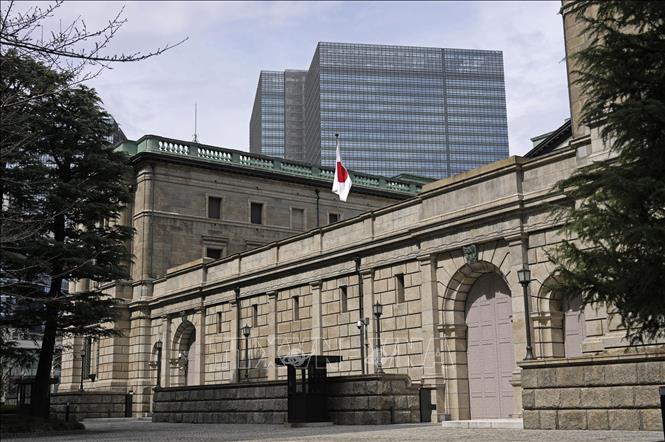
The Japanese government’s role as a facilitator, mainly through the Ministry of Economy, Trade and Industry (MITI), was to guide priority industries and coordinate with the banking system to provide capital. For example, in the 1950s and 1960s, MITI directed banks to provide long-term credit to the automobile and electronics industries, while erecting import barriers to protect these two industries. As a result, Japan quickly had automobile manufacturers (such as Toyota, Nissan, Honda) and electronics (such as Sony, Panasonic, Hitachi…) listed on the world map from the 1970s.
It can be said that this close coordination between the government and the private sector was the key to the “Japanese Economic Miracle” after 1945. The high growth rate that lasted for 20 years (1950-1970) brought Japan from the “ashes of war” to the second largest economy in the world.
However, the very model that created this "miracle" has revealed its limitations as the global economic landscape has changed. The tight integration and cumbersome structure of the keiretsu have reduced their flexibility, making them slow to respond to the digital revolution. This has contributed to the "lost decade" with stagnant growth in Japan. However, the keiretsu is still a classic private economic development model that contains many aspects worth learning. And many "giants" that emerged from this model are still pillars of Japan's private economic sector, such as Toyota or Sony.
South Korea: Chaebols form strategic partnerships with the state
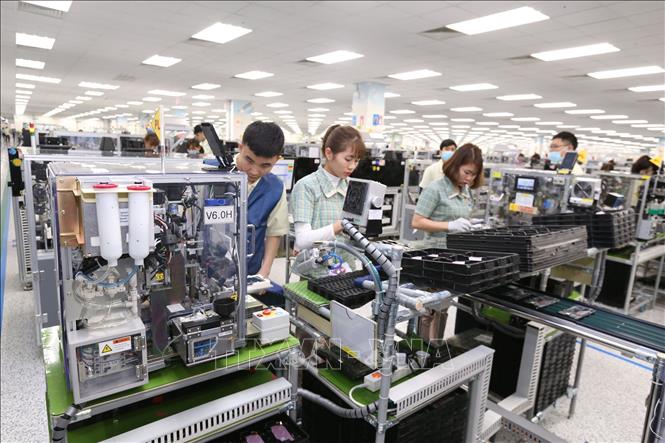
Learning from Japan’s experience, South Korea adopted a more aggressive model to build chaebol, a multi-industry family conglomerate. In this model, the government directly selected and nurtured potential private enterprises such as Samsung, Hyundai, and LG, turning them into powerful chaebols. These companies then received huge support through tools such as low-interest preferential credit from state-owned banks, corporate income tax cuts, foreign currency for machinery imports, and domestic market protection. In return, the government “assigned” the chaebols to achieve specific export targets in terms of output and turnover.
Thus, a close relationship was formed between the government and the chaebols: the state considered the success of the chaebols as the success of the nation, and the chaebols relied on the state's patronage to grow. Thanks to this strategy, South Korea has developed key industries from scratch in just two decades, such as shipbuilding, automobiles, and consumer electronics. Currently, the private sector contributes more than 70% of South Korea's GDP, with 6.7 million businesses. Of these, Samsung leads, contributing nearly 20% of export turnover. According to Bloomberg, as of May 2024, the five largest chaebols accounted for more than 52% of the revenue of the country's 82 leading corporations.
However, this model also revealed the downside of excessive economic concentration, the risk of corruption and policy manipulation due to the "expansion" of the chaebols. The 1997 Asian financial crisis forced South Korea to reform, requiring chaebols to improve financial transparency and increase support for small and medium enterprises (SMEs) to create balance for the economy.
Singapore: The most favorable environment
Unlike the Korean and Japanese models, which focus on nurturing a few "eagles", Singapore has chosen to create one of the most favorable business environments in the world to attract and nurture all types of businesses.
The government has built a transparent legal system, reducing administrative procedures and ensuring fair competition. Businesses can complete registration procedures within just one day, while the corporate tax system at 17% is considered one of the lowest in the region, helping to attract investment and promote the development of startups.
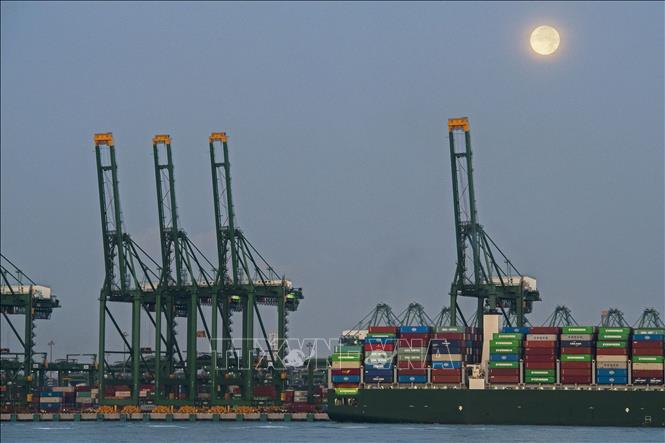
The Singapore government has also played a proactive role in supporting SMEs. Grant programs, innovation support funds and preferential loan packages are designed to help startups access capital. Initiatives such as Enterprise Singapore and the Enterprise Development Fund have helped many private companies overcome the initial difficult period. The government has also paid special attention to improving labor productivity through skills training programs. In addition, thanks to a strong focus on innovation and technology application, the country has built a vibrant startup ecosystem, attracting the participation of many venture capital funds and leading technology corporations in the world.
Singapore's approach shows that the role of a "facilitating state" is not only to support a few large enterprises but also to create a level playing field and a fertile ecosystem for all enterprises to have the opportunity to develop.
China: From Control to Directed Creation
China has been “unleashing” the private sector since the mid-1980s. The general strategy is to combine market power with state strategic direction: the state creates a favorable environment and policies for private development, while also playing the role of coordinating large resources and intervening when necessary to ensure macroeconomic stability and economic security.
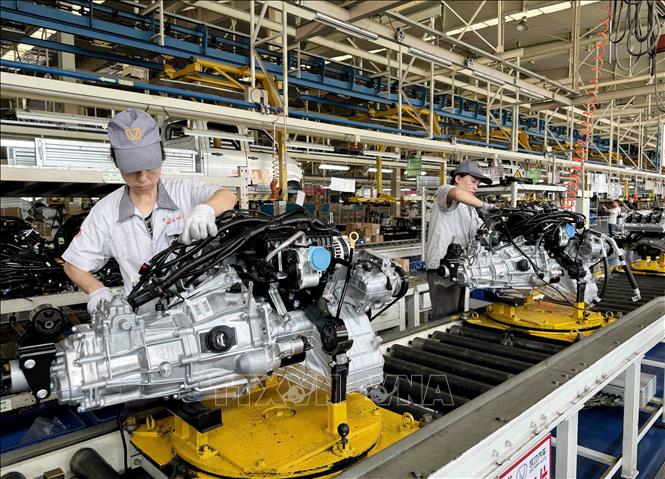
China combines many mechanisms to support private enterprises. First, governments at all levels often have preferential policies (tax, land, credit) for SMEs, especially in export-oriented or supporting industries. Second, the state creates industrial parks and business incubators in all localities, where new businesses are supported from production premises to market connections. Third, the government promotes links between small businesses and large corporations; in which large corporations play the role of "leading the supply chain", attracting many SMEs to participate as suppliers, processors, distributors... Fourth, China recently established state-led venture capital funds to invest in strategic industries, especially high technology. These funds act as "seed investors", contributing capital with private investors to technology startups, sharing risks and guiding development for businesses in priority industries (AI, semiconductors, clean energy...).
As its private sector has grown rapidly, China has required these businesses to comply with stricter legal regulations, especially in areas such as technology and finance.
In the context of fierce global competition and new requirements for sustainable development, China is studying and preparing to issue a new policy document to continue promoting private investment. Notably, the policy will stipulate a minimum participation rate of private capital in major projects in key areas such as railways, nuclear power, and oil and gas pipelines. This is considered a breakthrough in breaking down barriers to industry access and implicit monopolies.
Currently, the private economy in China contributes more than 50% of the total national budget revenue, accounts for 60% of GDP and creates 80% of jobs in urban China. As of 2024, the country will have more than 55 million private enterprises, accounting for 92.3% of the total number of registered enterprises.
Last post: Comment: Turn challenges into golden opportunities
Source: https://baotintuc.vn/kinh-te/kinh-te-tu-nhan-tru-cot-kien-tao-dong-luc-tang-truong-moi-bai-4-20251012074355923.htm







![[Photo] Discover unique experiences at the first World Cultural Festival](https://vphoto.vietnam.vn/thumb/1200x675/vietnam/resource/IMAGE/2025/10/11/1760198064937_le-hoi-van-hoa-4199-3623-jpg.webp)






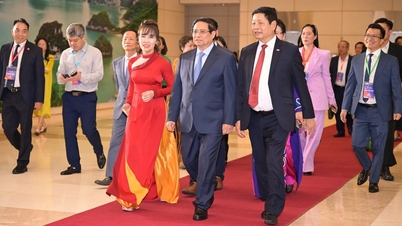



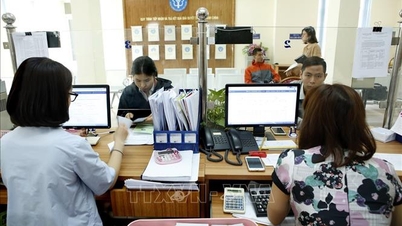


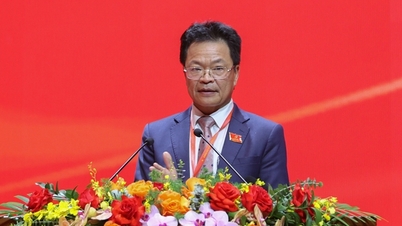
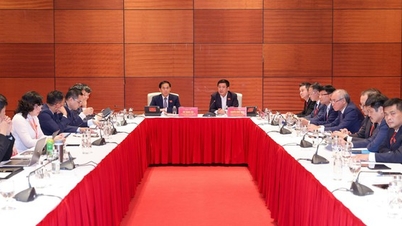








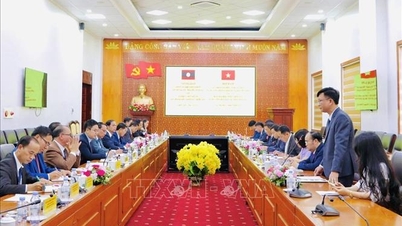

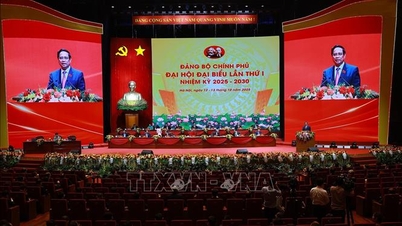





























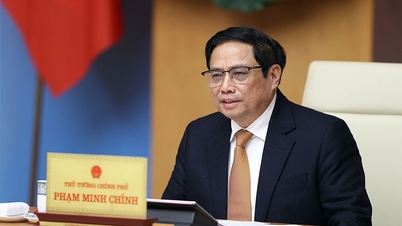








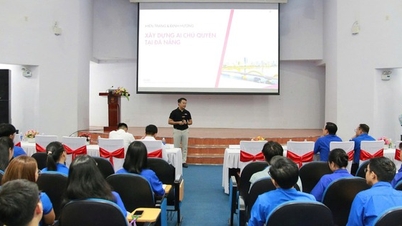
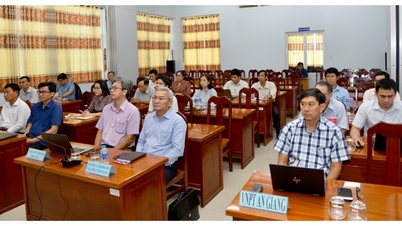




























Comment (0)